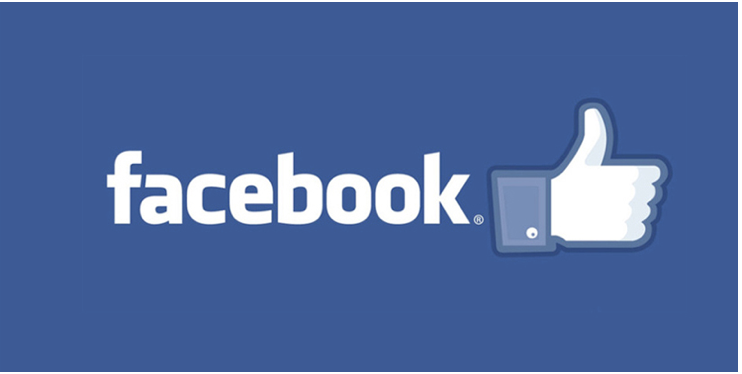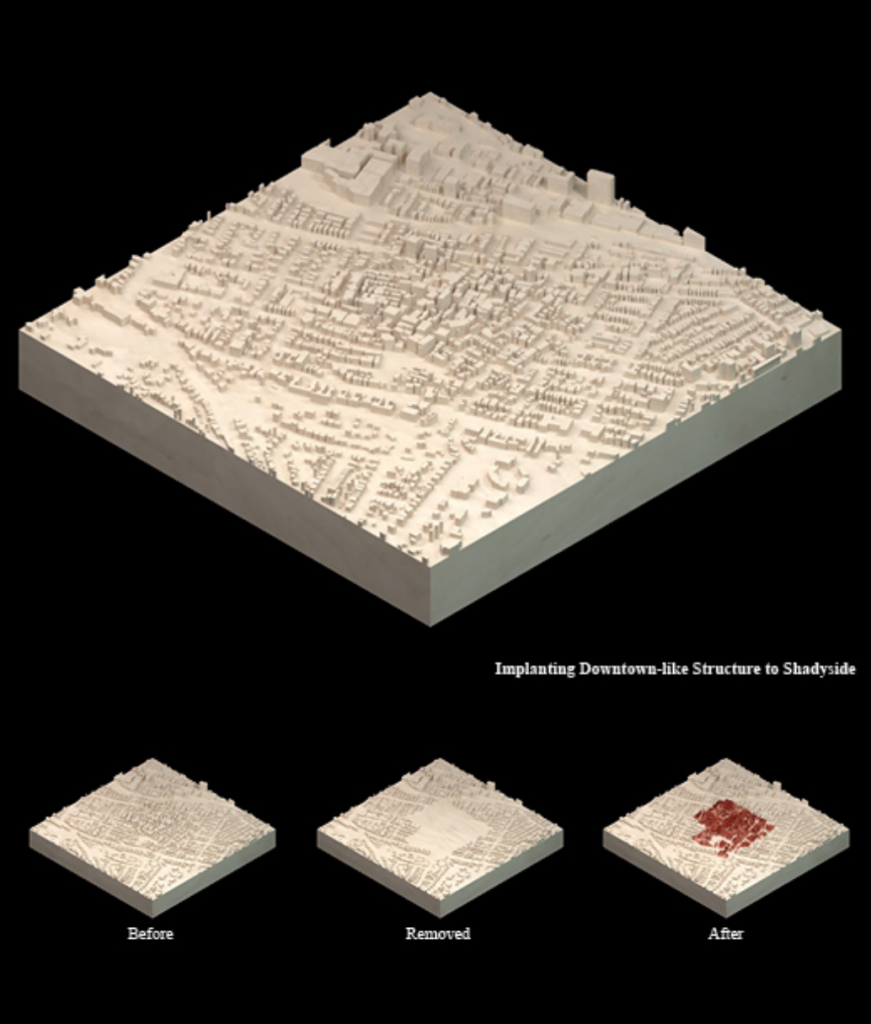This is my self portrait, that changes color when you move your mouse around
/*
*Alyssa Song
*agsong@andrew.cmu.edu
*Section C
*
*This program draws a self-protrait. It takes a little bit of time to load!
*/
function setup() {
createCanvas(800, 800);
//background(255, 255, 255);
}
function draw() {
stroke(0);
strokeWeight(5);
//background changes color when mouse is on left or right side of screen
if (mouseX < 0.5*width) {
background(228, 228, 253); //light purple background
} else {
background(198, 226, 249); //light blue background
}
//hair in the back and face
fill(0, 0, 0);
quad(0.25*width, 0.25*height, 0.125*width, 0.875*height, 0.875*width, 0.875*height, 0.75*width, 0.25*height) //back hair
fill(227, 180, 171); //skin color
ellipse(0.5*width, 0.5*height, 0.5*width, 0.7*height); //face
//eyebrows
fill(0, 0, 0);
quad(0.4375*width, 0.40625*height, 0.4375*width, 0.4375*height, 0.3125*width, 0.4375*height, 0.3125*width, 0.40625*height); //left eyebrow
quad(0.6875*width, 0.40625*height, 0.6875*width, 0.4375*height, 0.5625*width, 0.4375*height, 0.5625*width, 0.40625*height); //right eyebrow
//hair in front of face
quad(0.25*width, 0.25*height, 0.25*width, 0.5*height, 0.5*width,0.25*height, 0.5*width, 0.125*height) //left side hair
fill(0, 0, 0);
quad(0.75*width, 0.25*height, 0.75*width, 0.5*height, 0.5*width, 0.25*height, 0.5*width, 0.125*height) //right side hair
fill(0, 0, 0);
//eyes
fill(255, 255, 255); //white
ellipse(0.375*width, 0.5*height, 0.125*width, 0.0625*height); //left eye
//change left eye color when mouse is on left or right side of the screen
if (mouseX < 0.5*width) {
fill(149,85,73); //light brown
} else {
fill(104, 47, 48); //brown
}
ellipse(0.375*width, 0.5*height, 0.0625*width); //left iris
fill(0, 0, 0); //black
ellipse(0.375*width, 0.5*height, 0.02*width); //left pupil
fill(255, 255, 255); //white
ellipse (0.38*width, 0.49*height, 0.02*width); //left shine
fill(255, 255, 255); //white
ellipse(0.625*width, 0.5*height, 0.125*width, 0.0625*height); //right eye
//change right eye color when mouse is on left or right side of the screen
if (mouseX < 0.5*width) {
fill(149,85,73); //light brown
} else {
fill(104, 47, 48); //brown
}
ellipse(0.625*width, 0.5*height, 0.0625*width); //right pupil
fill(0, 0, 0) //black
ellipse(0.625*width, 0.5*height, 0.02*width); //right pupil
fill(255, 255, 255); //white
ellipse(0.635*width, 0.49*height, 0.02*width); //right shine
//nose
line(0.5*width, 0.5*height, 0.5*width, 0.5625*height);
line(0.5*width, 0.5625*height, 0.5625*width, 0.625*height);
line(0.5*width, 0.625*height, 0.5625*width, 0.625*height);
//mouth
//change lip color when mouse is on left or right side of the screen
if (mouseX < 0.5*width) {
fill(160, 95, 120); //nude lip
} else {
fill(152, 41, 41); //red lip
}
quad(0.4375*width, 0.71875*height, 0.46875*width, 0.6875*height, 0.53125*width, 0.6875*height, 0.5625*width, 0.7185*height); //upper lip
quad(0.4375*width, 0.71875*height, 0.46875*width, 0.75*height, 0.53125*width, 0.75*height, 0.5625*width, 0.7185*height); //lower lip
//blush
if (mouseX < 0.5*width) {
fill(241, 212, 230); //nude lip
} else {
fill(229, 142, 196); //red lip
}
ellipse(0.625*width, 0.625*height, 0.0625*width); //right cheek
ellipse(0.375*width, 0.625*height, 0.0625*width); //left cheek
}
![[OLD FALL 2020] 15-104 • Introduction to Computing for Creative Practice](../../../../wp-content/uploads/2021/09/stop-banner.png)




